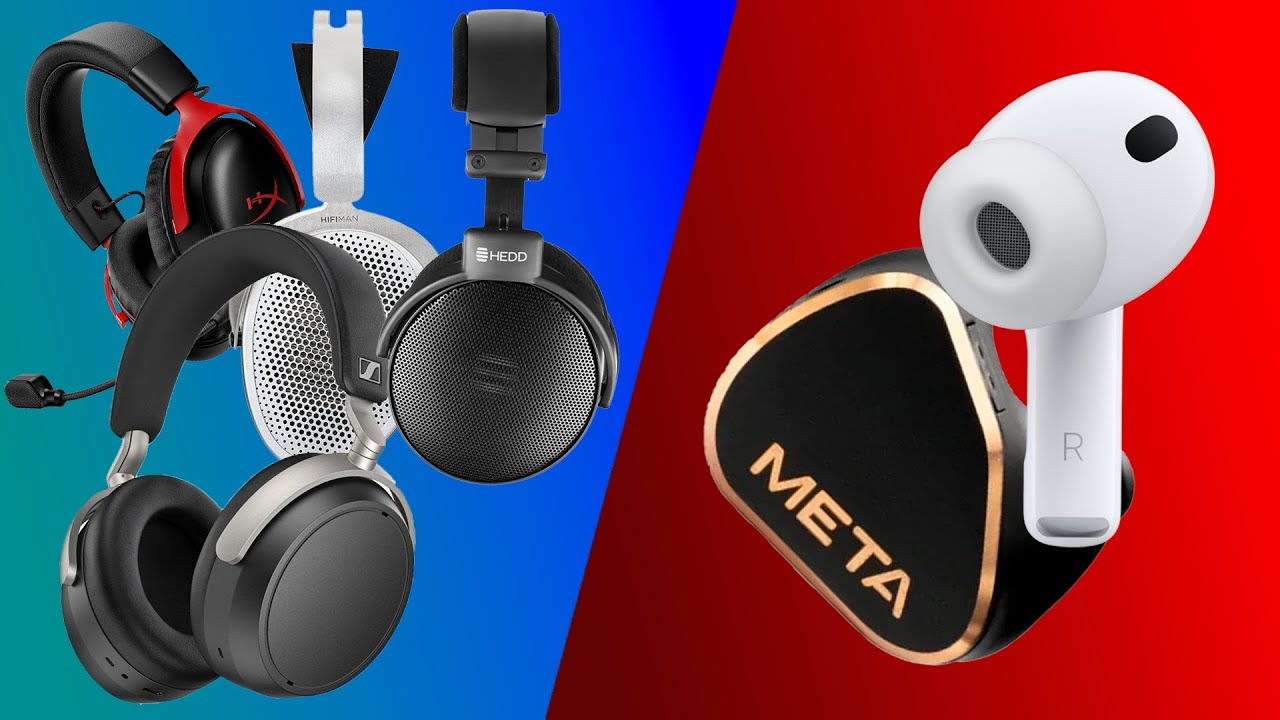Should reviewers have NO interactions with engineers or anyone behind the scenes in the product development? Or should they strive to have those conversations when possible?
It’s great that you’re asking this here. I started to think about a similar question after watching your HEDD D1 review in which you disclose that you’d had some conversations with HEDD about a prototype (IIRC).
I do think reviewers should have as many conversations with engineers as they practically can. And I also think it’s critical that those conversations be disclosed to the viewers and listeners. Please don’t take this as an accusation, but I think your disclosure could have gone a bit further, i.e. as to what elements were discussed, what suggestion(s) you made, and whether you felt it was accepted or implemented. (Or if you signed an NDA, you could tell us that.)
Conflict of interest is a very tricky issue in medicine and pharmaceuticals – which of course is a very different business, but it’s interesting to compare and contrast the incentives – and it wasn’t until all that recently that authors of journal articles began to disclose potential conflicts. Arguably the current practice doesn’t go far enough, but disclosure is considered the standard.
There are (at least) two potential issues with contacts, one fairly obvious and one a little more subtle. If a reviewer is invited to join conversations about a product, there is some likelihood that that reviewer will form an opinion based on early impressions and how the manufacturer reacts to the reviewer’s shared impressions. And this isn’t a question of integrity – someone with all the integrity in the world is still potentially affected by his inclusion in the conversation. The more subtle issue is that once someone is in conversations they’ve become sort of adopted into an ecosystem, gained a status, as it were, and become less likely to compromise that status. That’s a very real risk, again even with someone with integrity.
In any case, I think readers benefit from a reviewer’s access and participation in conversations – but should also have the benefit of disclosure. And I get that this could lead to some dumb accusations in the Youtube comments. But, overall, we’re much better off with the disclosure.
Thanks again for asking. Many of us here as you know value your judgment quite a bit. That can only go up, I think, with further participation, and disclosure.
Cheers

